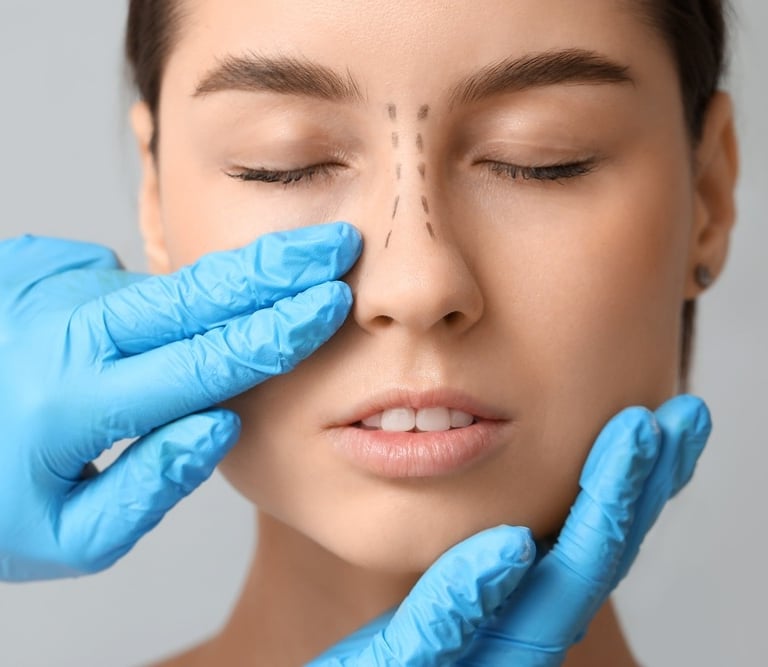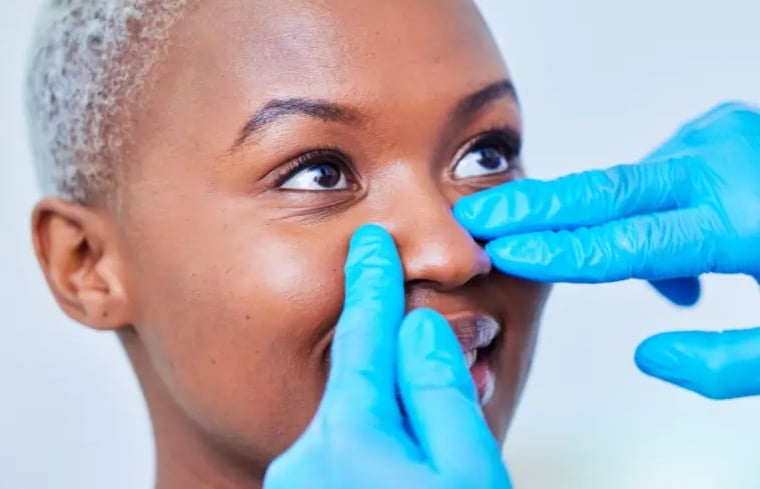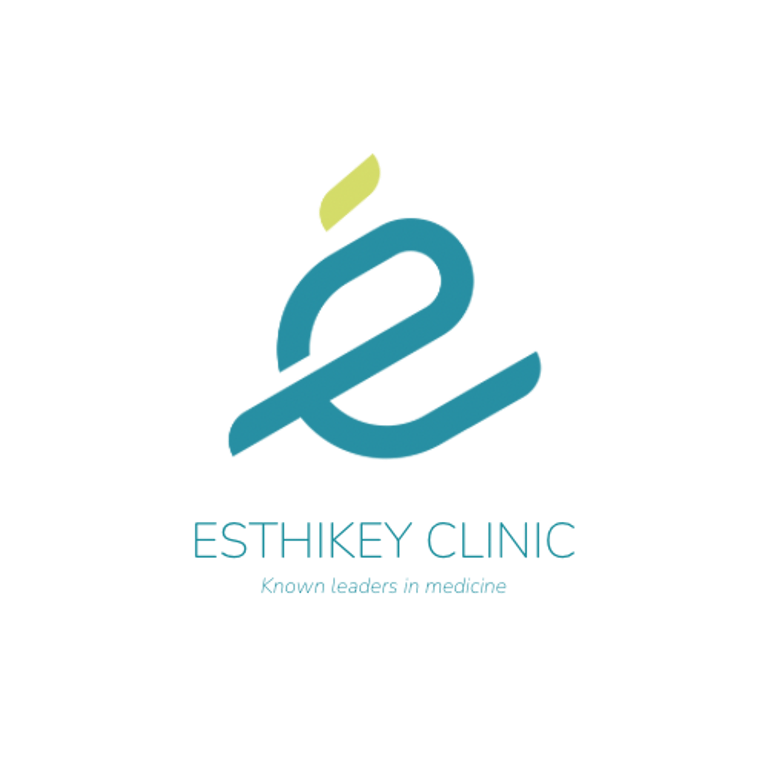Rhinoplasty
Rhinoplasty, commonly known as a nose job, is a cosmetic surgical procedure aimed at reshaping or resizing the nose. It can also be performed to correct structural issues that cause breathing difficulties. Here are the key points about rhinoplasty:
Indications:
Cosmetic Reasons: To improve the appearance of the nose by changing its size, shape, or proportions.
Functional Reasons: To correct structural problems, such as a deviated septum, that cause breathing difficulties.
Reconstructive Purposes: To repair deformities resulting from injury or birth defects.
Procedure:
Anesthesia: Rhinoplasty is typically performed under general anesthesia or local anesthesia with sedation.
Incision Techniques:
Closed Rhinoplasty: Incisions are made inside the nostrils, leaving no visible scars.
Open Rhinoplasty: An incision is made across the columella (the tissue between the nostrils), allowing the surgeon better visibility and access to the nasal structure.
Reshaping the Nose Structure: Depending on the desired outcome, the surgeon may remove or rearrange bone and cartilage. If additional cartilage is needed, it may be taken from the septum, ear, or ribs.
Correcting a Deviated Septum: If the septum is deviated, the surgeon will straighten it and reduce projections inside the nose to improve breathing.
Closing the Incisions: Once the desired shape is achieved, the skin and tissue are redraped, and incisions are closed with sutures.
Recovery:
Initial Recovery: Patients typically experience swelling, bruising, and discomfort for a few days to weeks. A splint may be placed on the nose to support and protect it during initial healing.
Nasal Packing: Sometimes, soft splints or packing may be placed inside the nostrils to support the septum.
Activity Restrictions: Patients should avoid strenuous activities, heavy lifting, and any activities that risk impact to the nose for several weeks.
Full Recovery: It can take several months for swelling to fully subside and for the final results to become apparent. Subtle changes can continue to occur for up to a year.
Benefits:
Enhanced Appearance: Improved size, shape, and proportions of the nose, leading to a more harmonious facial appearance.
Improved Breathing: Correction of structural issues that cause breathing difficulties.
Boosted Confidence: Increased self-esteem and confidence due to enhanced facial aesthetics.
Candidacy:
Good Health: Ideal candidates should be in good overall health without medical conditions that could impair healing.
Non-Smokers: Smoking can impair healing and increase the risk of complications.
Realistic Expectations: Candidates should have realistic expectations about the results and understand the potential risks and benefits.
Facial Growth: Rhinoplasty is typically performed once facial growth is complete, usually around age 15-16 for girls and 17-18 for boys.
Before considering rhinoplasty, it is essential to consult with a board-certified plastic surgeon or otolaryngologist (ENT specialist) to discuss goals, expectations, potential risks, and the recovery process.






